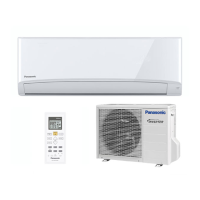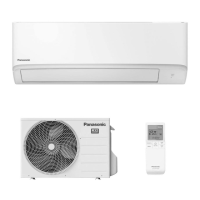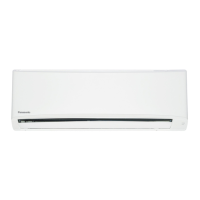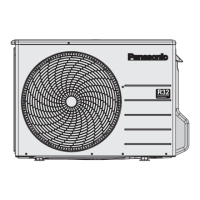7
•
A logbook shall be maintained. The results
of these checks shall be recorded in the
logbook.
•
In case of ventilations in occupied spaces
shall be checked to confi rm no obstruction.
•
Before a new refrigerating system is put
into service, the person responsible for
placing the system in operation should
ensure that trained and certifi ed operating
personnel are instructed on the basis of the
instruction manual about the construction,
supervision, operation and maintenance of
the refrigerating system, as well as the safety
measures to be observed, and the properties
and handling of the refrigerant used.
•
The general requirement of trained and
certifi ed personnel are indicated as below:
a) Knowledge of legislation, regulations
and standards relating to fl ammable
refrigerants; and,
b) Detailed knowledge of and skills in
handling fl ammable refrigerants, personal
protective equipment, refrigerant leakage
prevention, handling of cylinders,
charging, leak detection, recovery and
disposal; and,
c) Able to understand and to apply in
practice the requirements in the national
legislation, regulations and Standards;
and,
d) Continuously undergo regular and further
training to maintain this expertise.
e) Air-conditioner piping in the occupied
space shall be installed in such a way
to protect against accidental damage in
operation and service.
f) Precautions shall be taken to avoid
excessive vibration or pulsation to
refrigerating piping.
g) Ensure protection devices, refrigerating
piping and fi ttings are well protected
against adverse environmental effects
(such as the danger of water collecting
and freezing in relief pipes or the
accumulation of dirt and debris).
h) Expansion and contraction of long runs
piping in refrigerating systems shall be
designed and installed securely (mounted
and guarded) to minimize the likelihood
hydraulic shock damaging the system.
i) Protect the refrigerating system from
accidental rupture due to moving furniture
or reconstruction activities.
j) To ensure no leaking, fi eld-made
refrigerant joints indoors shall be
tightness tested. The test method shall
have a sensitivity of 5 grams per year
of refrigerant or better under a pressure
of at least 0.25 times the maximum
allowable pressure (>1.04 MPa, max
4.15 MPa). No leak shall be detected.
1. Installation (Space)
•
Product with fl ammable refrigerants, shall
be installed according to the minimum room
area, A
min
(m²) mentioned in Table A of the
Installation Instructions.
•
In case of fi eld charge, the effect on
refrigerant charge caused by the different
pipe length has to be quantifi ed, measured
and labelled.
•
Must ensure the installation of pipe-work shall
be kept to a minimum. Avoid use dented pipe
and do not allow acute bending.
•
Must ensure that pipe-work shall be protected
from physical damage.
•
Must comply with national gas regulations,
state municipal rules and legislation. Notify
relevant authorities in accordance with all
applicable regulations.
•
Must ensure mechanical connections be
accessible for maintenance purposes.
•
In cases that require mechanical ventilation,
ventilation openings shall be kept clear of
obstruction.
•
When disposal of the product, do follow to the
precautions in #12 and comply with national
regulations.
Always contact to local municipal offi ces for
proper handling.
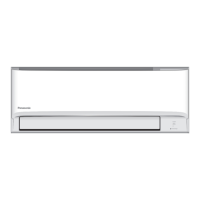
